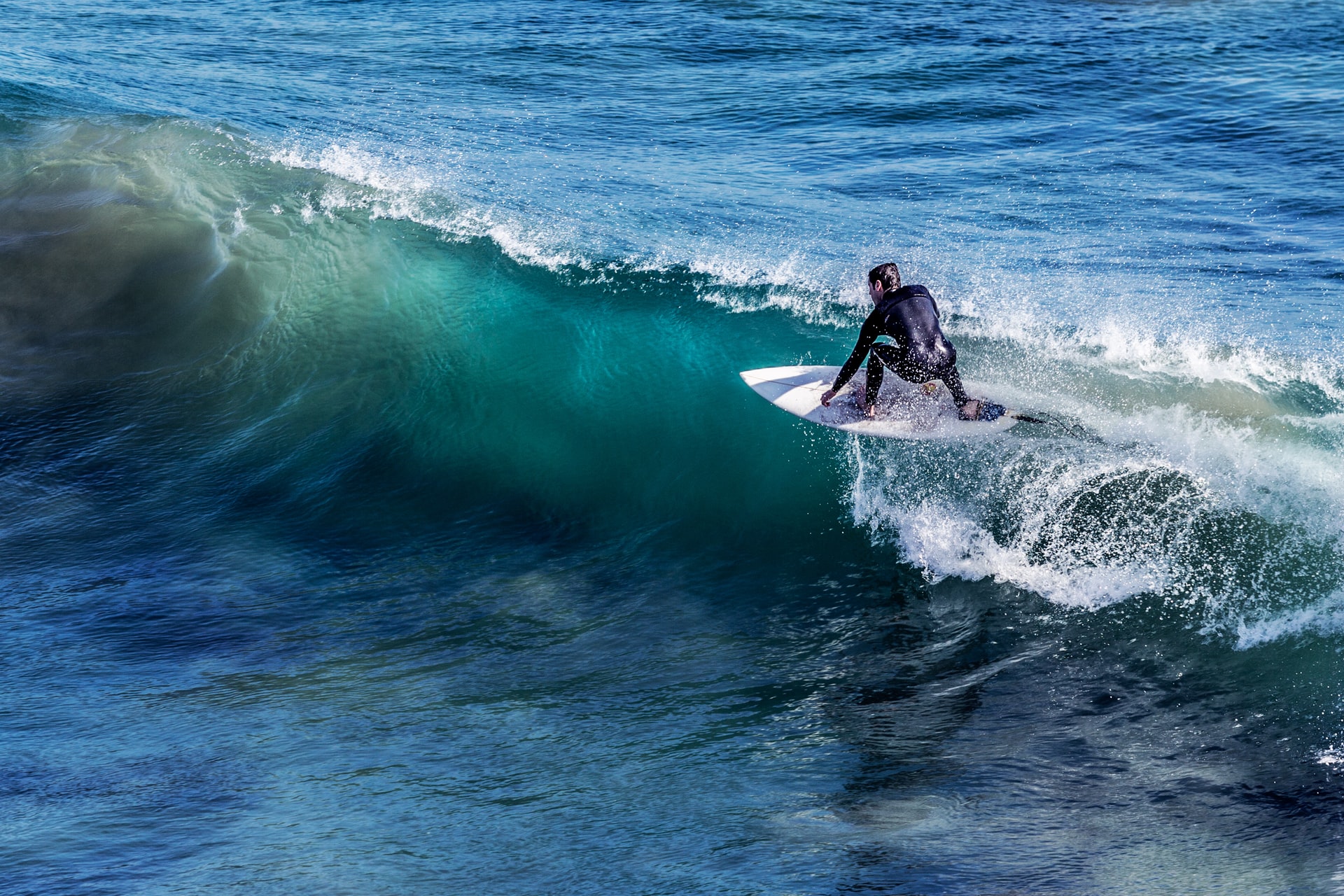Standing on a surfboard is all about balance, and what better way to keep your balance than bending your knees into a crouching position?
When surfing, it is always a good idea to crouch. Lowering your center of gravity will increase balance while having your legs ready to spring up will make you more agile in the water, and quicker to respond to turns and bumps.
Let’s take a look at how keeping your knees bent in a crouching position will benefit your surfing, as well as the best method to get the perfect results.
- Why Should I Crouch While Surfing?
- What Are the Benefits of Crouching When Surfing?
- Can You Surf Without Crouching?
- When to Crouch and When Not to Crouch?
- Can You Crouch Too Low?
- Does My Surfboard Affect My Crouching?
- Do the Waves Affect Crouching?
- What’s the Correct Crouching Position?
- Common Crouching Mistakes
- Can I Practice Crouching on Land?
- Conclusion
- You Might Also Like…
Why Should I Crouch While Surfing?
Staying balanced on your surfboard is all about your center of gravity. Keeping your knees bent in a crouching position will help bring your weight to the correct place over your surfboard.
Having the correct center of gravity from crouching will not only make it easier to balance on your board, but it will provide compression for turns (such as kicking out or cutbacks) and create a shock-like action that will prevent bumps in the water caused by wind or large waves from wiping you out.
What Are the Benefits of Crouching When Surfing?
Although there are a few situations in which crouching will not be an advantage, for the most part there are multiple reasons why bending from the knees will benefit you while surfing.
1. Balance
Creating a solid center of gravity is everything when standing on a surfboard. When you bend your knees, it keeps your weight closer to your surfboard which in turn creates better balance.
This is the same when standing on land. Your balance is always better when your knees are bent and your center of gravity is lower.
2. Quicker Reflexes & Maneuverability
Surfing with your knees bent helps to increase your response time. All the movements that are used to turn a surfboard come from compression of the legs.
When your knees are naturally in a bent position it decreases the number of movements needed to respond to a change in the wave break.
3. More Control
When you are properly balanced on your surfboard you will experience an increase in control.
Correctly distributing your weight and bending your knees will allow you to move your feet along the board as needed, as well as make turning easier.
4. Bump Absorption
Keeping yourself in a crouched position, especially when surfing large waves, or while surfing on a windy day will help absorb the bumps in the ocean.
Bent legs will act as shock absorbers which will make it easier to stay on your surfboard in choppy conditions.
Can You Surf Without Crouching?
Surfing is a free and individual sport, which means that, as long as you do not get in the way of other surfers, you can adopt a style that works for you.
Crouching while surfing is naturally the best way to increase maneuverability and control, but this does not mean that you cannot surf with straight legs.
It is common to see surfers (particularly those on larger boards) cruising down a wave with straight legs, simply letting the wave take them where it wants to.
This is not ideal if you plan to carve a wave, but it is a relaxing stance that creates a laid-back, easy-going look to a ride.
The video below demonstrates if it is possible to cruise with straight legs, as well as how crouching enables the ability to turn and carve on a wave.
When to Crouch and When Not to Crouch?
The three main times you will want to be crouching on your surfboard are when the water is choppy, you are trying to increase your balance, and when you are planning a sharp turn such as a bottom turn or cutback.
As a general rule, it is always better to have your knees bent than straight while surfing.
As mentioned above, crouching while surfing increases control and balance, which are fundamentals of staying on your board.
Deciding if it is okay to straighten your legs will entirely be your decision. This will only come through time and comfort on your board and in the water.
If you do not find the need to turn as the waves are clean and there are few obstacles, then riding with your legs straight may be an option.
Besides that, maintaining a crouched or partly crouched position is always in your best interest.
Can You Crouch Too Low?
There is no such thing as crouching too low on a surfboard, but there is such a thing as crouching lower than you can handle.
The lower you crouch, the better your center of gravity, as well as the more compression and power you will create when turning.
However, if you cannot quickly recover from your crouched position then you have gone too low.
Every surfer adopts their own style and stance, you will simply need to experiment and find what works best for you.
If you feel that you are not able to quickly straighten your legs then you can try reducing how low you go, or alternatively, work on your leg muscle strength.
If you find that you are struggling to get low enough, it is likely that you are suffering from a lack of flexibility.
Does My Surfboard Affect My Crouching?
As you likely know by now, the size and shape of your surfboard affect how easy it is to balance, as well as how easy or difficult it is to get past the break or catch a wave.
Some general rules apply with different size boards when it comes to crouching:
The Bigger the Board, the Harder It Is to Turn
When surfing on a longboard, maneuvering is the greatest challenge.
Because you need to move such a large surface area, the amount of compression in your legs (how low you crouch) needs to be greater.
On the flip side, a smaller board requires less effort to turn, and therefore you will not need to bend your legs as much to achieve the same results.
The Bigger the Board, the Easier It Is to Balance
As larger boards are more buoyant and have a greater surface area, your center of gravity on the board can be higher.
Because of this, surfing with straight legs is easier on a large board, while on a shorter surfboard, the need to crouch is increased in order to keep your weight in the required area.
Do the Waves Affect Crouching?
The types of waves you are surfing will also have an effect on how low or often you need to crouch.
Choppy Water
As mentioned before, when the water is choppy, surfing with straight legs becomes difficult.
As you are likely bouncing off the small chops along the wave, keeping your knees bent is a requirement to maintain your balance.
Smooth, Evenly Breaking Waves
If you are riding cleanly breaking waves when there is a low wind level, it creates surfing conditions for a relaxing cruise.
Unless you want to improve your turning and ticks, these are the perfect conditions for a straight-leg ride.
Wave Size
The size of the wave you are riding will often affect your stance on the board.
When riding smaller waves, you will likely need to be surfing in a crouched position.
This is because there is a lack of power propelling you forward, and therefore you will need to pump or carve your board to maintain speed.
When surfing large waves, there is less need for any pumping action and therefore less requirement for crouching.
However, when surfing larger waves, the added power and speed may make balancing difficult.
This is why even though there is enough power, it is common to see big wave riders with a wide low stance.
What’s the Correct Crouching Position?
When you have mastered the correct surfing stance, everything begins to become easier.
The following is a short guide on how your body should be positioned for maximum balance and control while riding a surfboard.
Board Positioning
Your feet should be positioned evenly over the centerline of the board (known as the stringer) with toes facing out.
If one or both feet are off this central line, you will likely fall over when standing up.
Stance
Your stance should be shoulder-width apart, or slightly wider.
If your feet are either too wide apart or too close together, it will make distributing your weight difficult, which makes accelerating or decelerating a challenge.
Crouching
Compress your lower body down by bending your knees.
It is important to keep your upper body straight while doing this. The bend should come from your waist, not your shoulders.
Furthermore, your knees should be pointing towards each other (one knee behind the other).
Pointing your knees outwards will make shifting your weight difficult.
Common Crouching Mistakes
- Bending your upper body: It is common for new surfers to lean their chest and shoulders towards the board.
This is usually done as a reflex to keep balance. However, it does the opposite. If you feel unbalanced, bend your knees and lower your center of gravity.
- Turning with your toes or heels: Although on wakeboards and snowboards this technique is used due to the shape of the board and your feet position, it does not work on a surfboard.
When making a turn, extra force is needed which is why crouching and extending the legs is used for sharp turns.
- The dreaded “poo stance”: When your knees are facing opposite directions and your legs are bent, it is commonly known as “poo stance”.
This position is common for new surfers as it makes balancing easier, but once you have mastered standing up, it becomes more of a hindrance as your turning abilities, as well as speed control, are next to nothing.
Can I Practice Crouching on Land?
Practicing popping up, crouching, and other surfing techniques out of the water can be helpful. However, it cannot compare to the real thing.
It is possible to practice crouching on land and is a good way to increase the strength in your legs, as well as create some muscle memory for the movements and positions.
Always keep in mind, though, that the land is steady and a floating surfboard is not. So do not be surprised when the skills you have learned on land do not perfectly transfer to the water.
Conclusion
Surfing with your knees bent in a crouching position is favored by most surfers as it increases balance, improves control of the surfboard, and makes shifting your weight easier.
It is not always necessary to crouch while surfing. However, there are very few situations that staying low on your surfboard will negatively affect your ride.
You Might Also Like…
-

Do Surfers Ride Switchfoot? 5 Benefits (& Why You Should Learn It)
-

Do Surfers Shave Their Legs? 5 Common Reasons (+Pros & Cons)
-

Do Surfers Wear Helmets? 8 Situations You Should Wear One (+4 Cons)
-

Do Surfers Poop in the Ocean? Myths & Facts (+5 Tips)
-
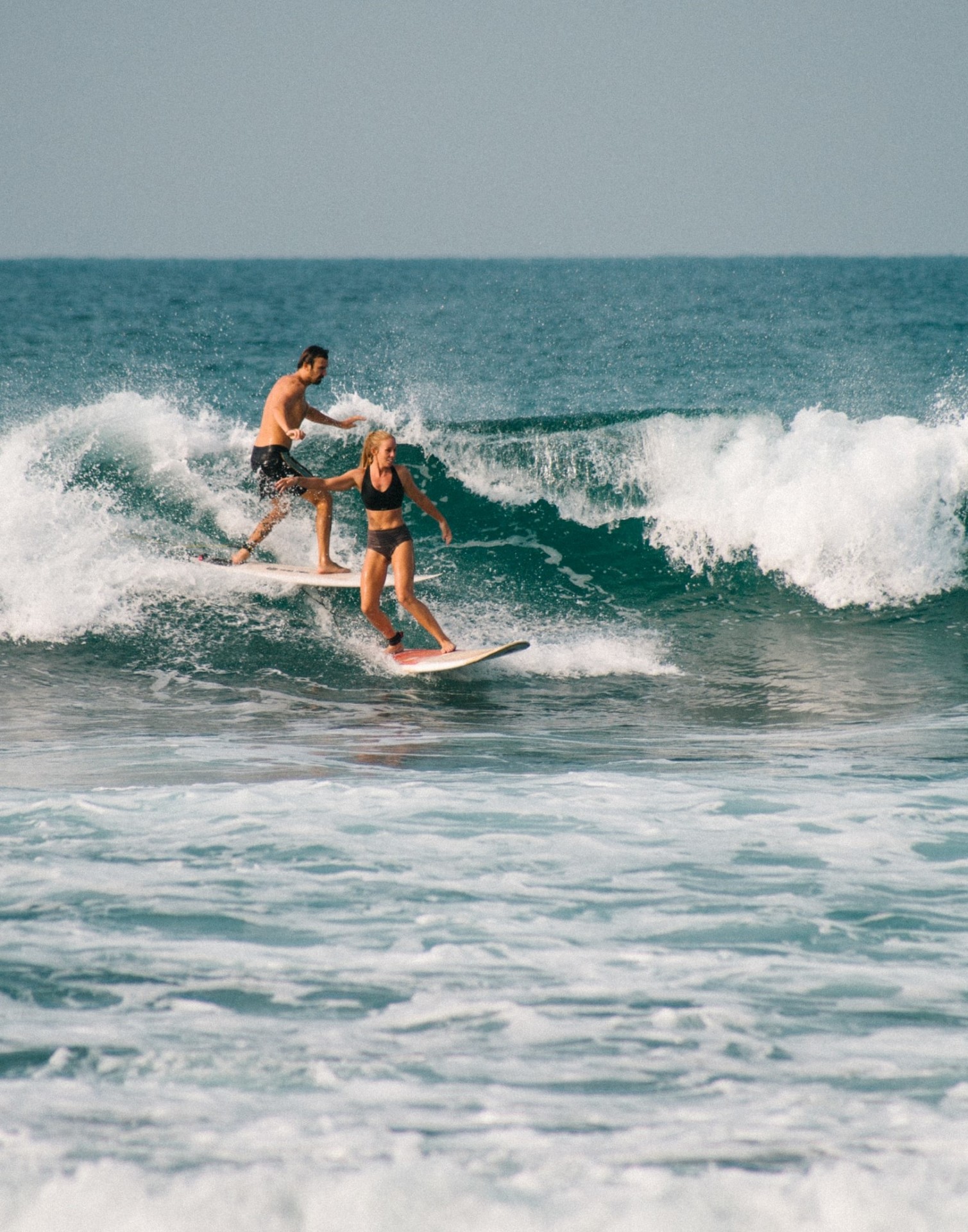
Do Surfers Run Into Each Other? 5 Common Reasons (+8 Tips)
-
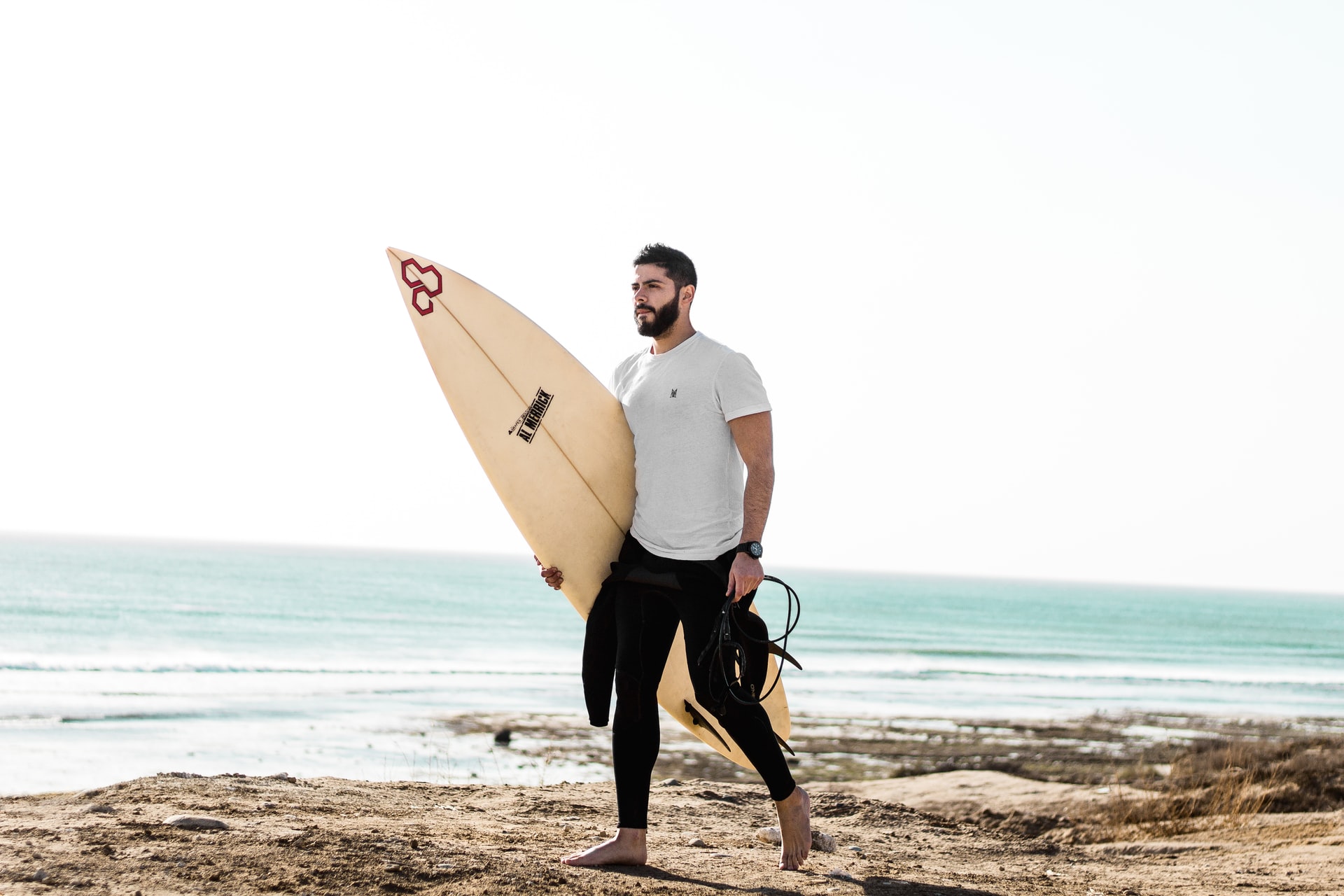
Do Surfers Have Beards? Pros & Cons You Should Know (+4 Tips)
-
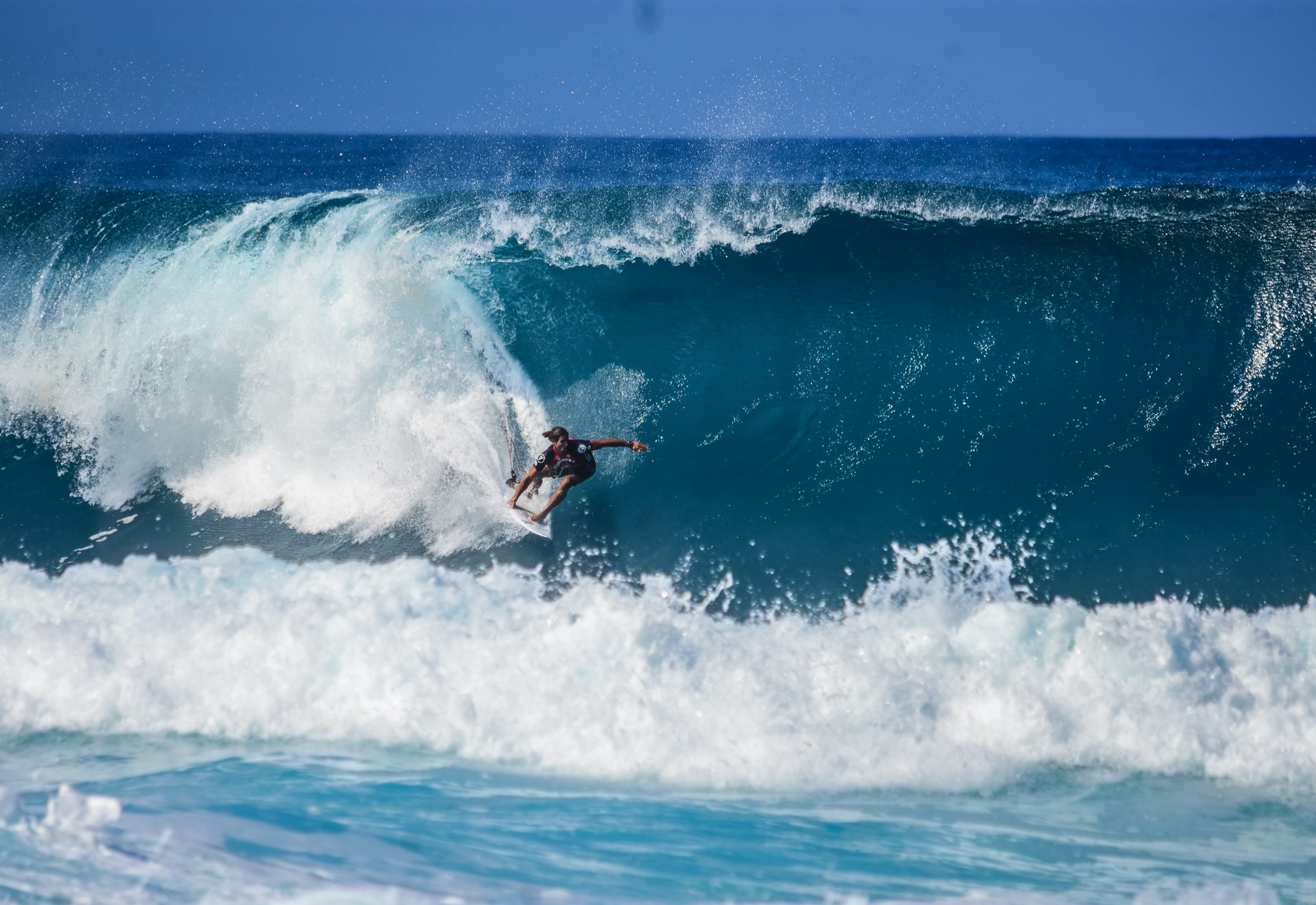
Do Surfers Like Constructive or Destructive Waves? (+Pros & Cons)
-

How to Surf Safely: 34 Crucial Tips (Every Surfer Should Know)
-
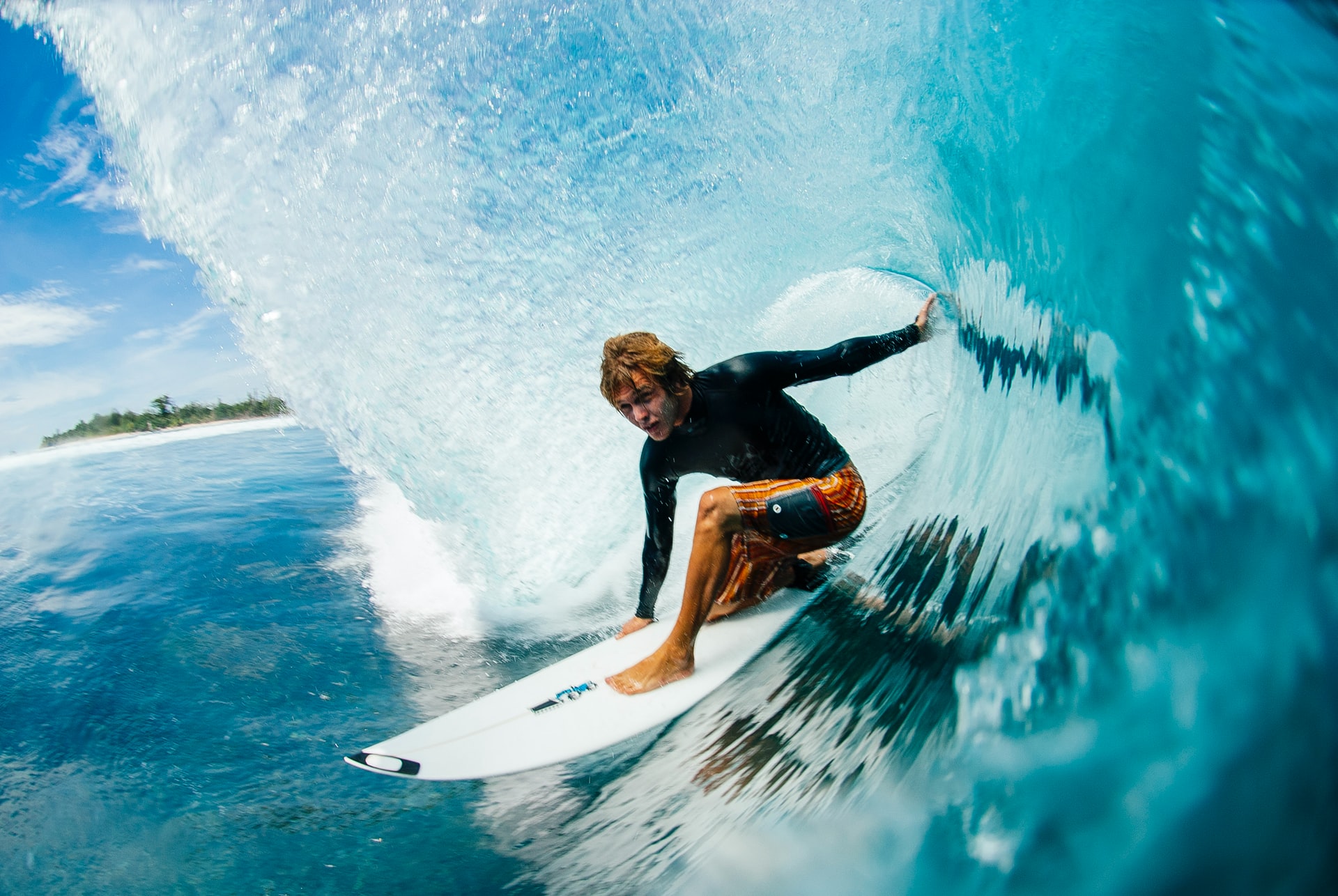
Do Pro Surfers Use Leashes? (+6 Reasons Why You Should Too)
-

Do Many Surfers Drown? Here Are the Facts (+4 Common Reasons)
-
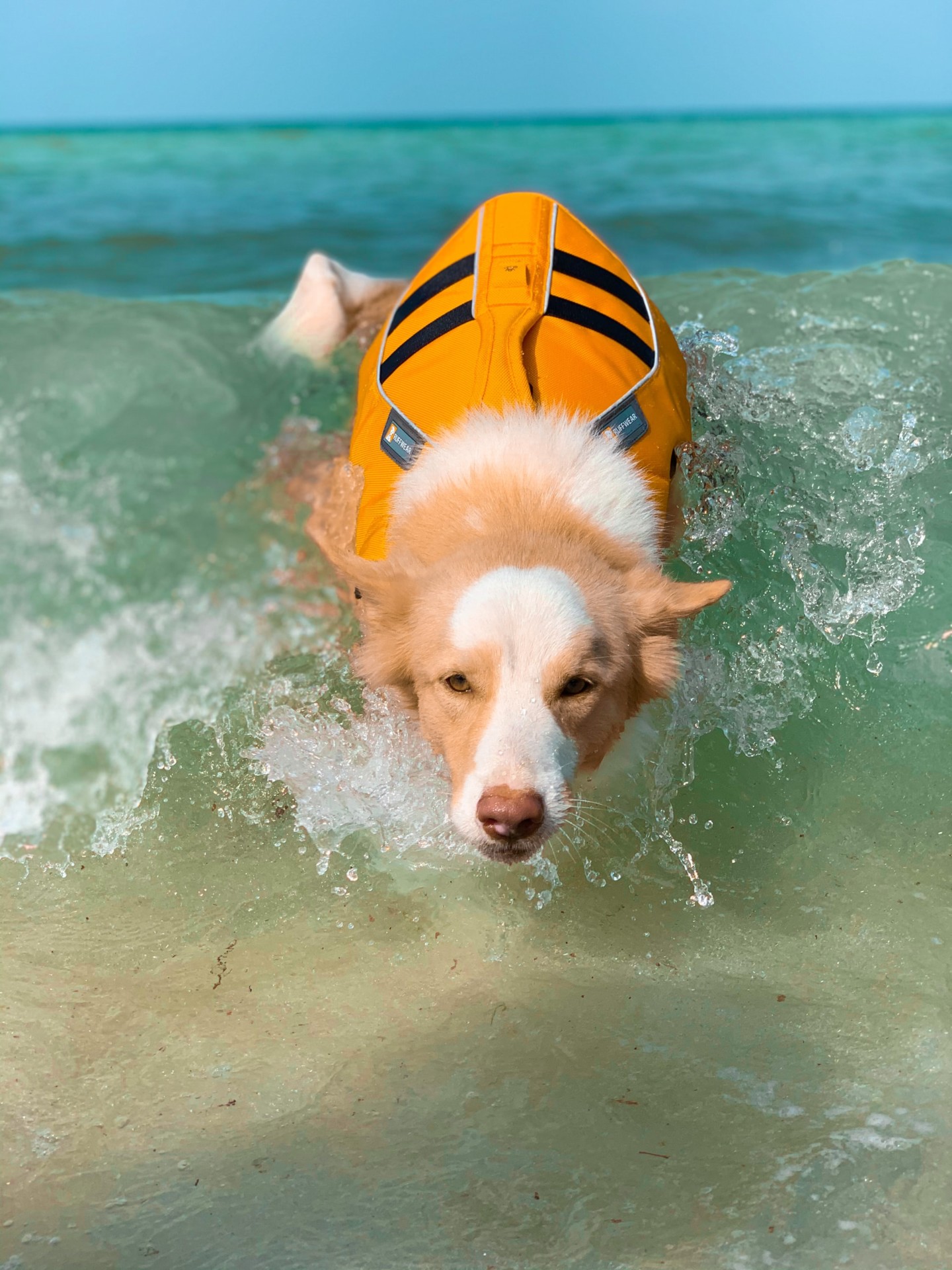
Do Surfers Wear Life Jackets? (7 Reasons Why They Don’t)
-
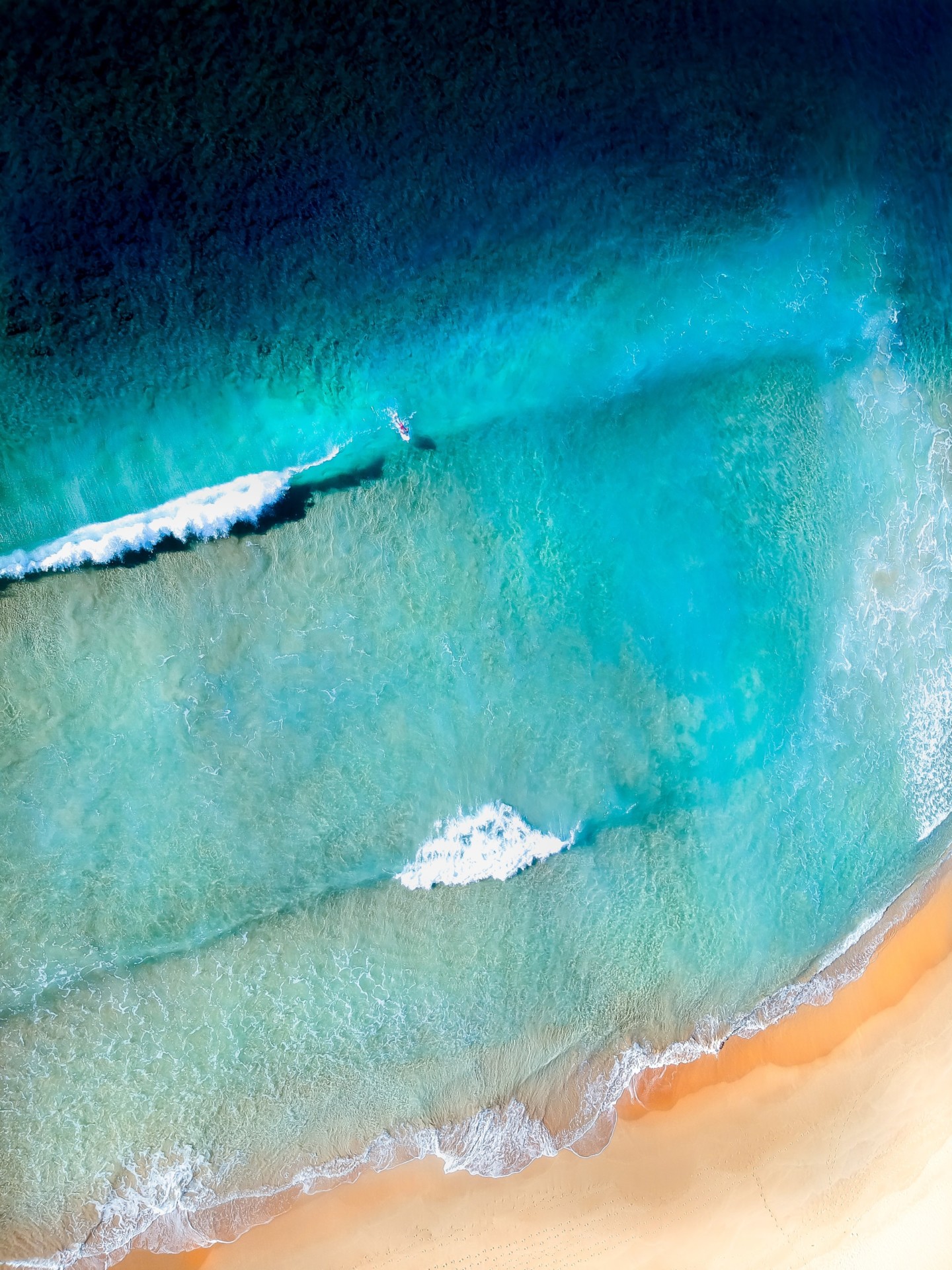
Do Surfers Like Rip Currents? (& How to Use Them Safely)

